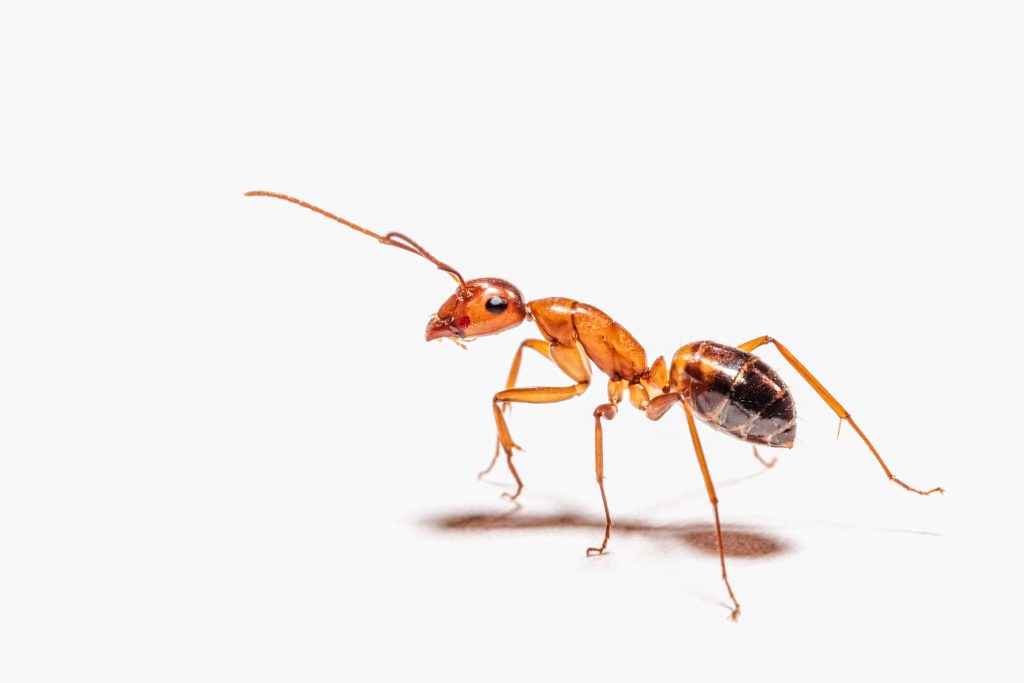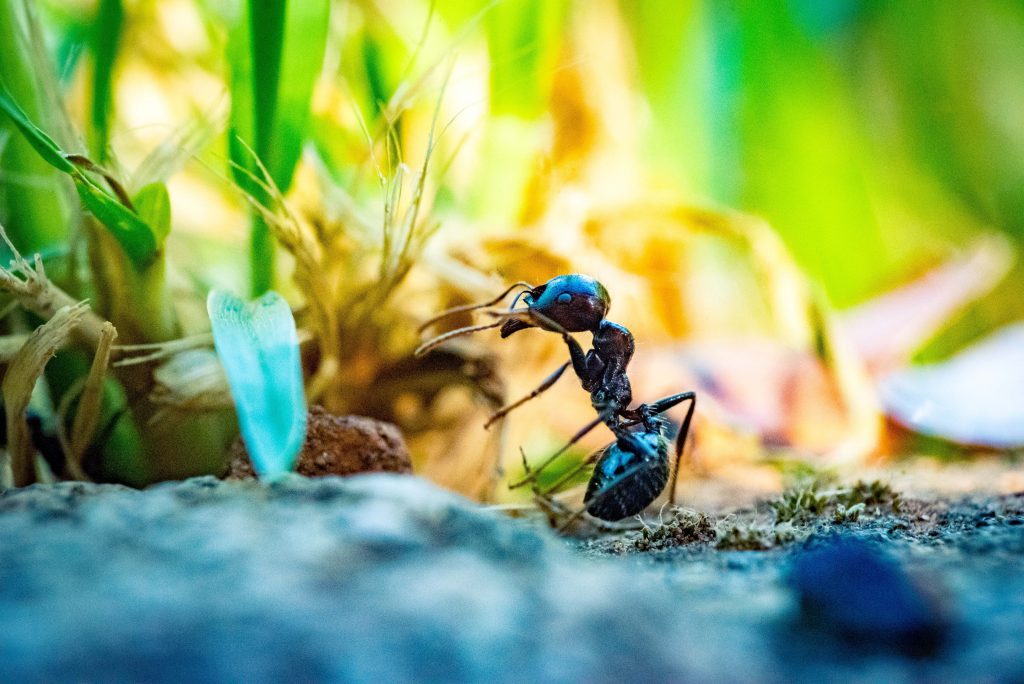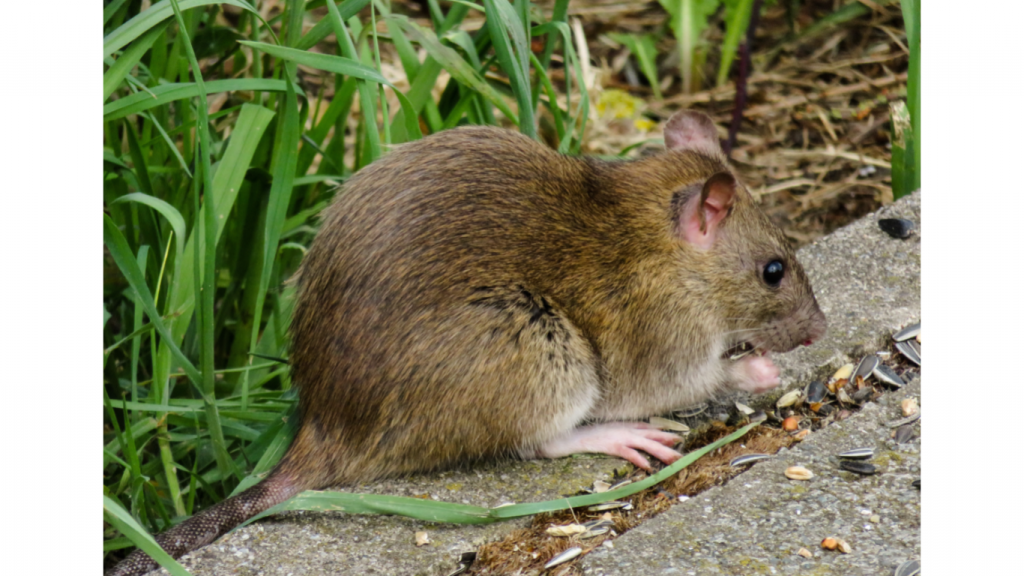Brown Ants Causing Structural Damage in your Home?
Request Quote here
Brown Ants
Known as Brown ants, this species builds their nests inside woods but does not consume any wooden material during the process.
In the UK, these ants are seen inside properties where wood has been used during the building and renovation process for both – the exterior and interior of the building. Formica ligniperda, their technical name, also collects honeydew from aphids by stroking them with their antennae.
Brown ants are a UK pest that is often overlooked, but they shouldn’t be taken lightly. They can cause serious problems for homeowners. With Spring comes an increase in temperature, which means that Brown ants are on the march and likely to become a big problem for many people.

Behaviour
Because of their affinity for living inside wooden structures, the Formica ligniperda workers can cause terrible structural damage to buildings. On the other side, the fact that these ants successfully excavate wood helps greatly for the decomposition of forests around the world.
Nesting
High levels of humidity is necessary for the Brown ants to build and maintain their primary nests in good condition as they are very sensitive to humidity in general. Satellite nests are built later when the workers in the primary nest become mature enough. The resident nests are home to life forms at earlier stages of the development of the species such as larvae and pupae.
Brown ants make their nests in old, decaying wood. Because they like damp wood, they are normally found living outdoors. However, they sometimes come to nest inside people’s homes. Common signs of Brown ants include small piles of sawdust, dead ant parts lying around, small bore holes and wood damage. You can sometimes hear soft crunching noises.
n the primary nests live the workers, their queen, recently hatched larvae and eggs that have just been laid. Satellite nests do not require the same requirements for humidity such as the primary nests and can be built in places that are somewhat dry such as inside fallen woods.
Feeding habits
This Ant is a carnivorous species but also scavenges food different from animals. Dead insects are in the menu of the Brown ant quite frequently but they also consume honeydew from aphids and nectar from plants.
Brown ants eat any sugary source of food such as honey and fruit juices, that’s why it’s important to always take care of proper food storage in your home so you don’t attract these insects with your negligence in the kitchen.
You are most likely to spot Brown ants in your home during the night as they are more active then. Take a good care of any other dead insects in the premises in order to avoid attracting Brown ants which would feed on these deceased insects for sure.
Can Ants Cause Structural Damage in the UK?
As mentioned above, Brown ants are among the most destructive ant species of all. The can damage wooden elements of a structure so bad so the integrity of the building is no longer reliable. This is why we recommend hiring professional ant exterminators in the beginning when you notice signs of an ant infestation.
Pharaoh ants, on the other hand, cannot cause structural damage.

How To Tell The Difference
Brown ants are often black in colour with a gingery thorax, but they can also be brown or reddish-brown all over. They are larger than the size of a normal black ant, but come in a variety of sizes. You can tell them apart from most other types of ant by their heart shaped head. They also have large sticky out bent at nearly right angles antenna.







